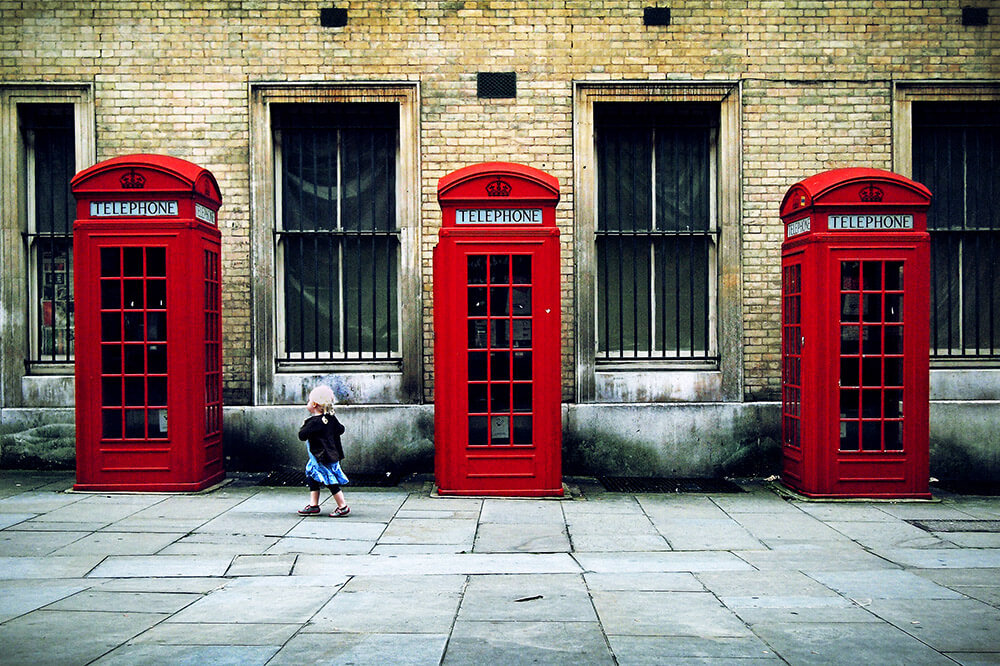Not known Facts About Street Photographers
Our Street Photographers Ideas
Table of ContentsThe Only Guide to Street PhotographersThe 7-Minute Rule for Street PhotographersLittle Known Facts About Street Photographers.Not known Details About Street Photographers The Single Strategy To Use For Street Photographers
, a style of photography that documents daily life in a public area. The actual publicness of the setup makes it possible for the photographer to take candid images of complete strangers, often without their understanding. Road professional photographers do not always have a social purpose in mind, yet they prefer to isolate and record moments which might or else go unnoticed.He was influenced by numerous of those who influenced the street professional photographers of the 1950s and '60s, he was not primarily interested in catching the spirit of the street. The impulse to aesthetically document people in public started with 19th-century painters such as Edgar Degas, douard Manet, and Henri de Toulouse-Lautrec, who functioned side by side with professional photographers trying to capture the essence of urban life.
As a result of the somewhat primitive modern technology offered to him and the lengthy exposure time called for, he struggled to capture the pressure of the Paris roads. He try out a series of photo techniques, trying to discover one that would certainly enable him to record activity without a blur, and he found some success with the calotype, patented in 1841 by William Henry Fox Talbot. In comparison to Atget, photographer Charles Marville was hired by the city of Paris to create an encyclopaedic paper of Haussmann's urban preparation job as it unfolded, hence old and new Paris. While the professional photographers' subject was basically the very same, the outcomes were substantially various, demonstrating the effect of the photographer's bent on the personality of the images he created.
The Only Guide for Street Photographers
Offered the great top quality of his photos and the breadth of material, architects and artists usually got Atget's prints to use as recommendation for their very own work, though business interests were barely his main inspiration. Rather, he was driven to picture every last residue of the Paris he liked. The mingled interest and seriousness of his objective luster through, causing photographs that tell his very own experience of the city, top qualities that prepared for road digital photography of the 20th century.

Unlike his peers, Brassa used a larger-format Voigtlnder cam with a much longer exposure time, requiring him to be more calculated and thoughtful in his technique than he could have been if utilizing a Leica.

The Main Principles Of Street Photographers
It is as a result of this fundamental understanding of the art of image taking that he is frequently credited with rediscovering the tool throughout once more approximately a century given that its innovation. He took photos for greater than a half century and affected generations of photographers to trust their eye and intuition in the minute.
These are the questions I will attempt to respond to: And after that I'll leave you with my very own meaning of street digital photography. Yes, we do. Let's kick off with defining what a my latest blog post definition is: According to it is: "The act of specifying, or of making something precise, distinctive, or clear".
No, most definitely not. The term is both restricting and misinforming. Seems like a road digital photography need to be pictures of a streets right?! And all road photographers, besides a tiny number of absolute novices, will fully appreciate that a road is not the crucial element to road digital photography, and actually if it's a photo of a street with maybe a couple of boring people not doing anything of rate of interest, that's not street photography that's a snapshot of click to read a street.
Street Photographers - The Facts
He makes a valid factor do not you think? However, while I concur with him I'm unsure "honest public photography" will capture on (although I do kind of like the term "candid photography") since "road digital photography" has been around for a long time, with lots of masters' names connected to it, so I think the term is below to stay.
Inside?! I hear you scream as you tremble your hand to the skies. Why not? You can contend the coastline, at a festival, in an alley, in a park, in a piazza, in a coffee shop, at a gallery or art gallery, in a city station, at an occasion, on a bridge, under a bridge ...
Yes, I hesitate we have no selection! Without guidelines we can not have an interpretation, and without an interpretation we don't have a genre, and without a style we do not have anything to specify what we do, great site and so we are embeded a "guidelines definition style" loophole! And no-one wishes to get embeded a loophole. - Street Photographers
